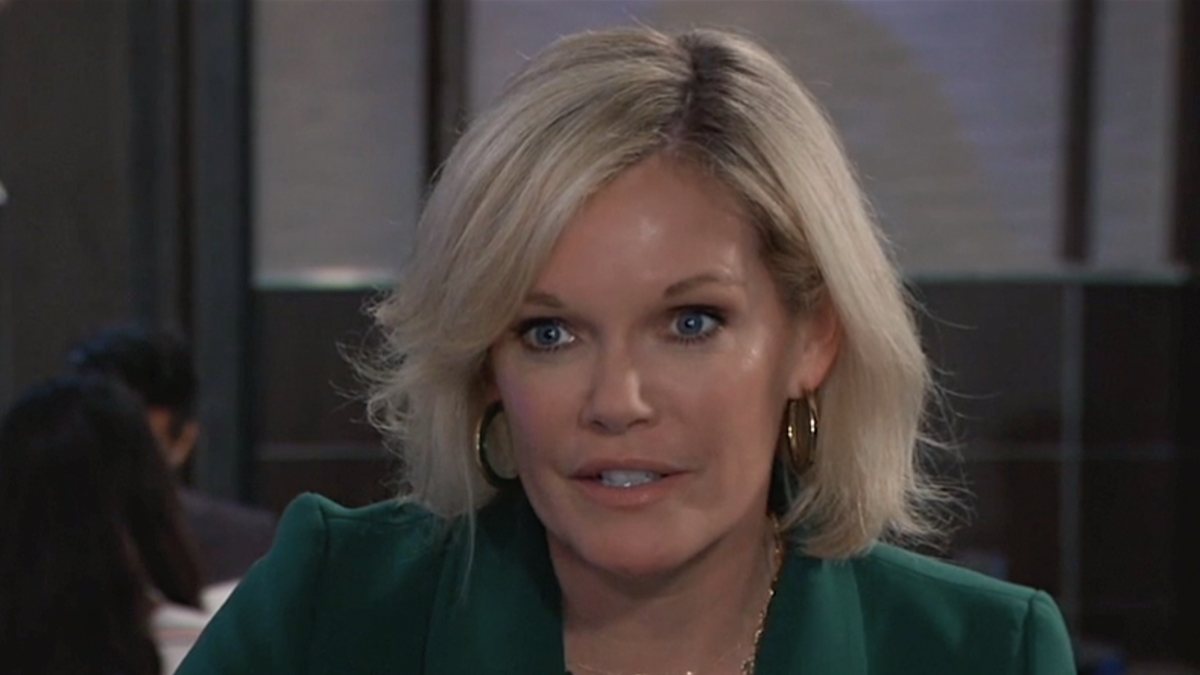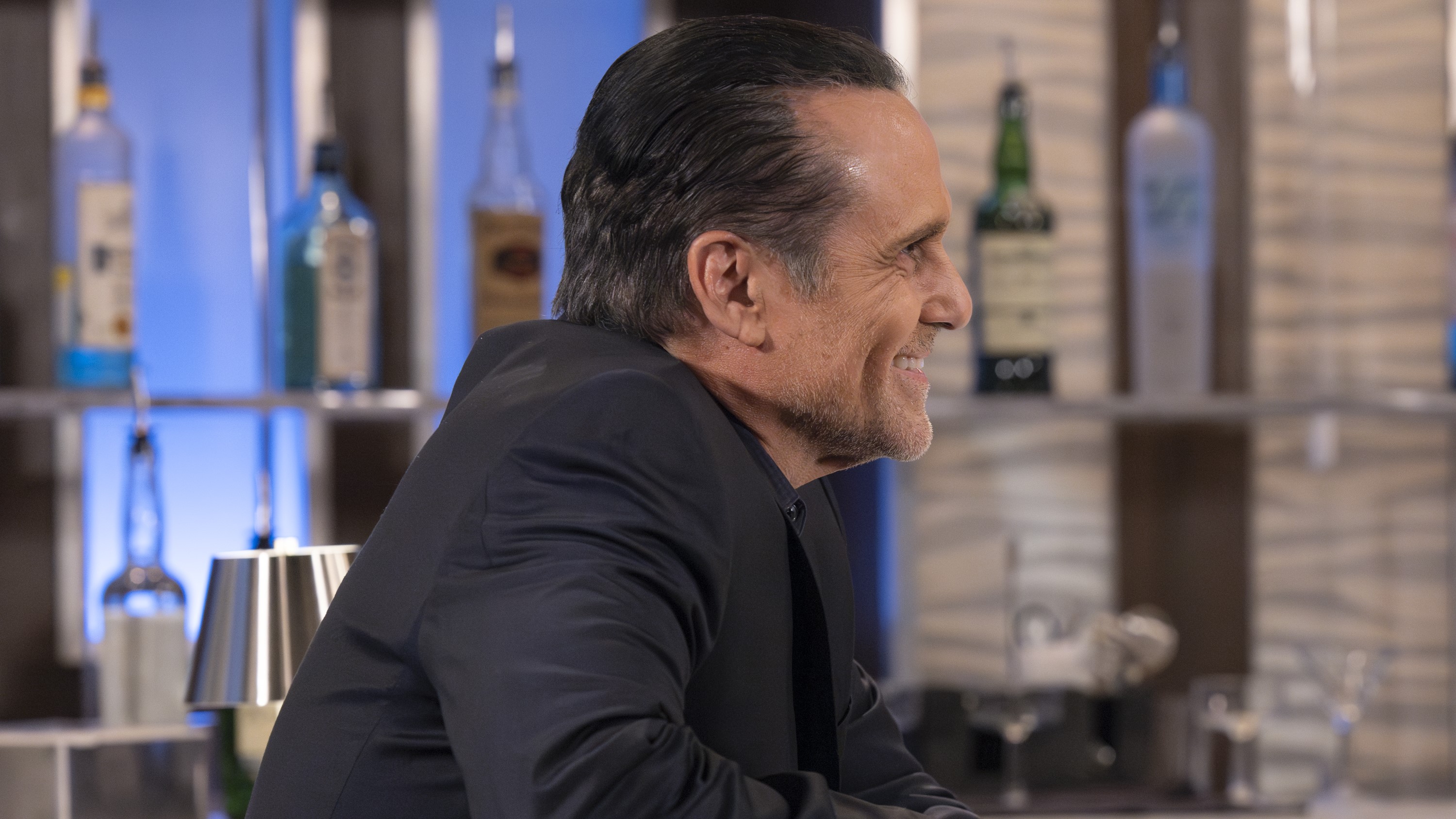Is my room big enough for a projector?
Different projectors need different distances to project an image. Here's how to find out if you have enough space
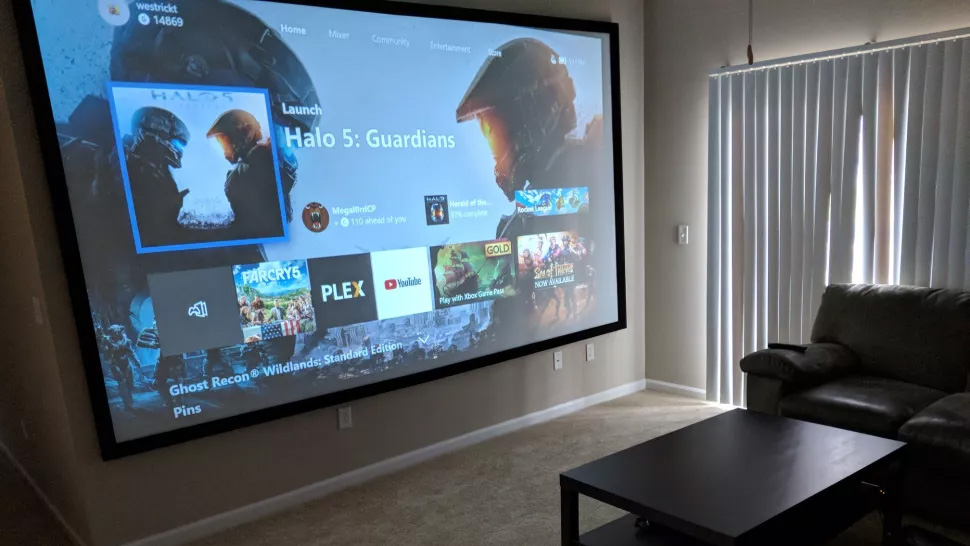
The biggest advantage a projector has over a TV is that you get a much larger screen for a much lower price. The downside to this is that — in most cases — you'll need to have the projector itself a few feet away from the screen it's projecting onto. This distance can vary from one foot to needing to be inside your wall.
Here's how to find out if your room is big enough for a projector!
Throw ratios
The number you want to look for when you're shopping for projectors is the throw ratio , sometimes referred to as throw distance . In English, the throw ratio is a way to calculate how far the projector needs to be from the wall or screen for a certain screen size. For example, a throw ratio of 1 means the projector needs to sit 1-foot from the screen to project a 1-foot diagonal image. A .4 throw ratio means the projector needs to be 4.8-inches away from the screen to projector a 1-foot diagonal image. The equation breaks down like this:
(Throw ratio) X (desired screen size in inches) = (distance in inches)
.4 throw ratio X 150-inches = 60-inches/five feet of distance.
Standard projectors
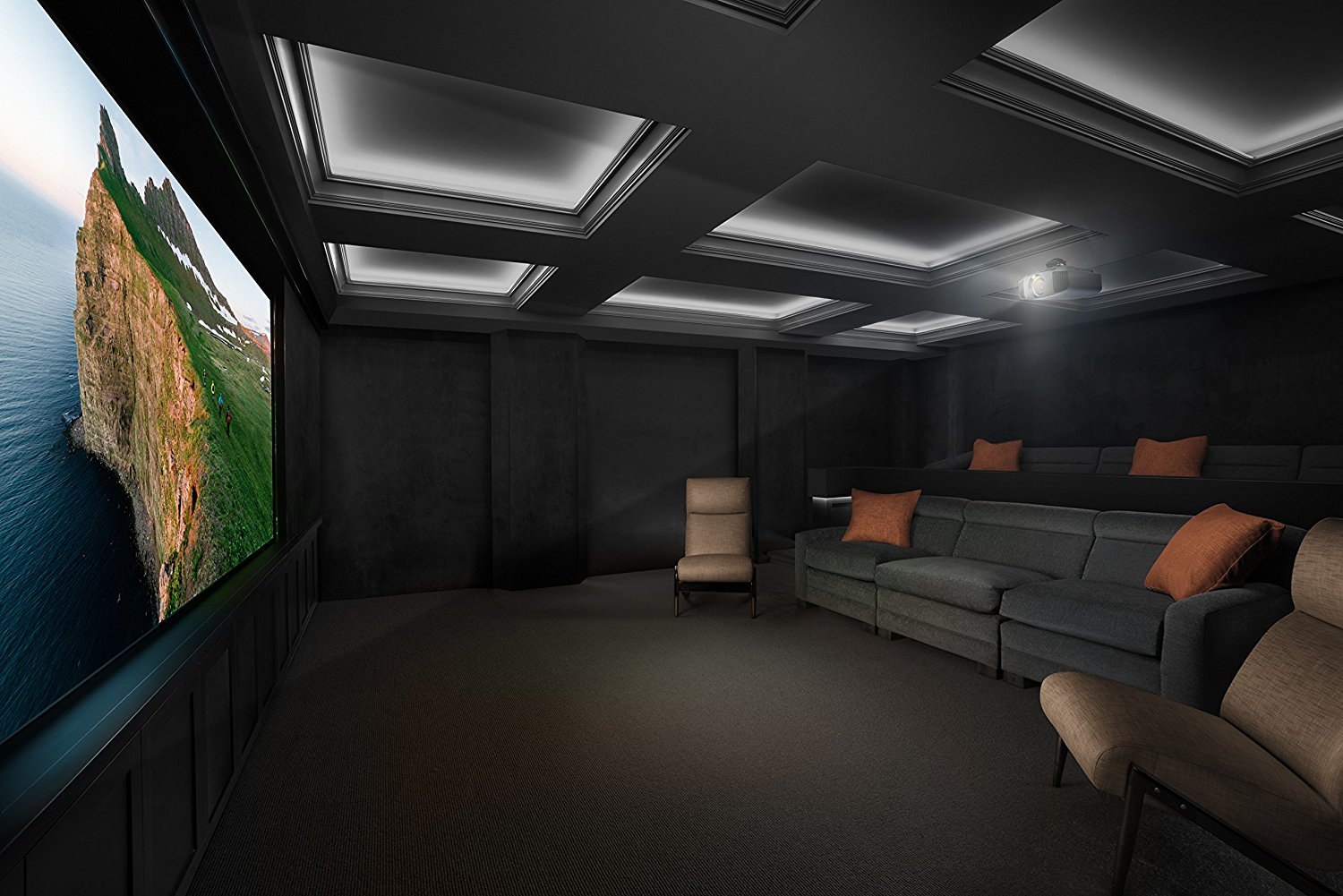
"Standard" projectors may also be labeled as "long throw" projectors. As the latter name implies, these require the greatest distance between the projector and the screen. The benefit to this is they are much cheaper to produce than short and ultra short throws, making them drastically cheaper for the consumer. Standard throw projectors have a throw ratio greater than 1. For example, the Acer H7850 projector has a throw ratio of 1.2, so for a 150-inch image, it would need to sit 180-inches — 15-feet exactly — from the screen. That might be doable in some living rooms, but certainly not all.
In this instance, you'll definitely need a mount or a shelf for the projector. Renters will need to look at their lease terms before buying a projector like this to make sure you're allowed to install a mount or a shelf.
Short-throw projectors
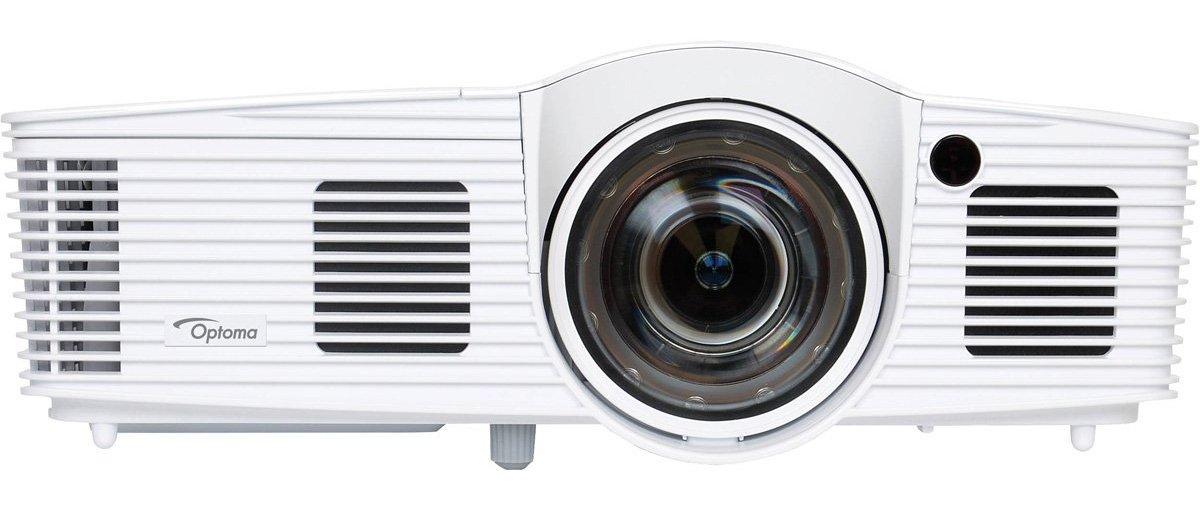
We're moving a bit closer to the screen. Short throw projectors need to be between 5 and 10 feet away from the screen, depending on how large of an image you want. Short throw projectors have a throw ratio between .4 and 1. My Optoma GT1080Darbee had a .49 throw ratio, so for a 150-inch image, it needed to sit 72.5-inches — just over 6 feet — from the screen. I simply placed it on the bottom of a coffee table, no drilling or mounting required.
Get the What to Watch Newsletter
The latest updates, reviews and unmissable series to watch and more!
A short throw projector would be perfect for someone renting an apartment, because it doesn't have to be mounted. Just make sure you leave enough space between the projector and the screen.
Ultra-short-throw projectors
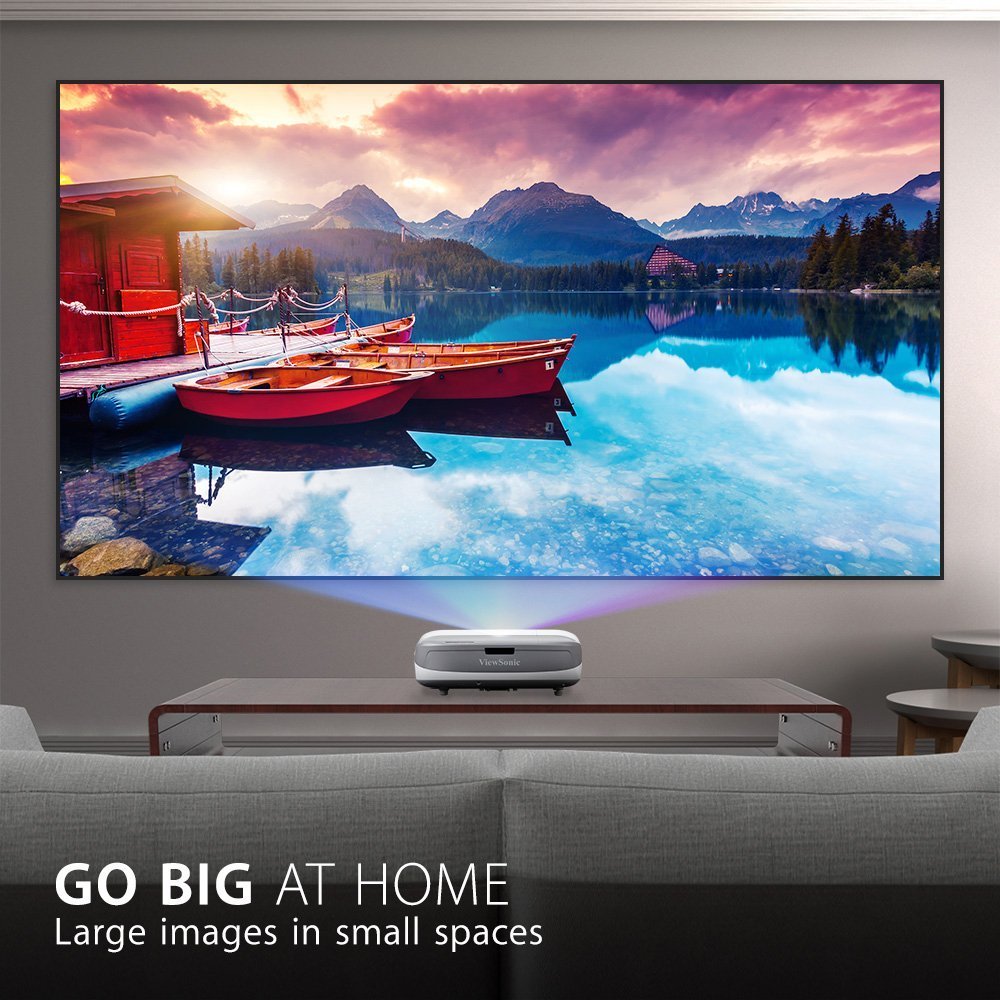
These are the most expensive type of projector, but if you're tight on space it's worth the price of entry. Ultra short throw projectors have a throw ratio less than .4, so they only need a couple feet of distance to project a huge image. My ViewSonic PX800HD has a .23 throw ratio, so for a 150-inch image, it needs to sit 34.5-inches — about two and a half feet — from the screen. This means it can sit right on a TV stand, or next to an empty wall.
An ultra short throw projector would be perfect for someone renting an apartment, since it can be placed right next to the screen or wall it's projecting onto — without any mounting. It's also perfect for someone that wants a giant portable screen, or even a gigantic PC "monitor" .
Other things to consider
Unless you're going to buy a mount or shelf for the projector to sit behind you, you'll also need some space in your room for couches, coffee tables and other furniture. Also think about how long you'll be in your current home: it doesn't make much sense to install a mount and route cables through your walls if you're trying to sell your house anytime soon.
What say you?
Which type of projector works best for your space? Let us know down below!

